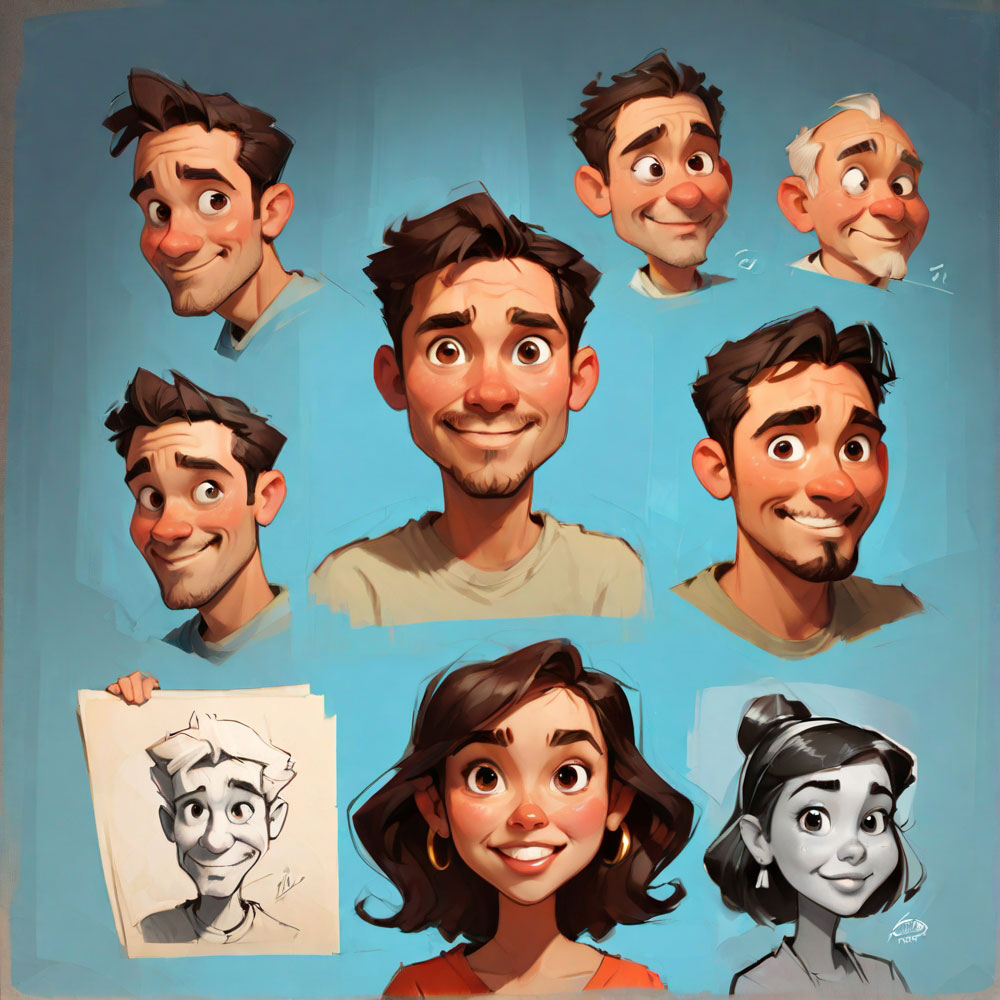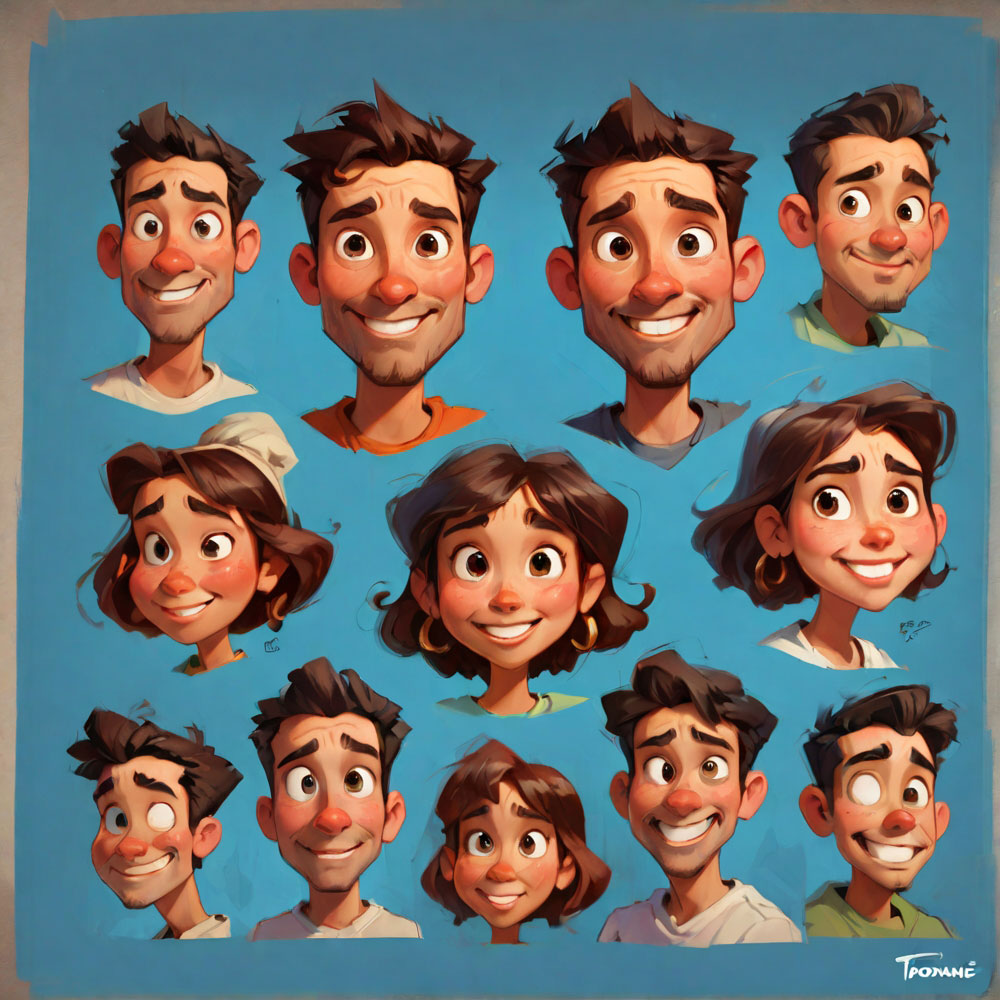Are you a fan of cartoons and comics? Do you ever find yourself staring in awe at the amazingly expressive faces of your favorite characters? Have you ever wanted to try your hand at cartooning, but found that drawing the perfect face seems like an impossible task? Look no further! In this article, we will explore the art of cartooning faces and learn how to bring characters to life with expressive and dynamic facial features.
The Importance of Faces in Cartooning
When it comes to cartooning, the face is arguably the most important part of a character. It’s the focal point of expression and emotion, and it’s what gives a character its personality. A well-drawn face can convey a wide range of emotions, from joy and excitement to anger and sadness. Mastering the art of cartooning faces is essential for any aspiring cartoonist, as it will greatly enhance the overall quality and appeal of their work.
Understanding Facial Proportions
The first step in mastering the art of cartooning faces is to understand the basic principles of facial proportions. While cartoons are by nature exaggerated and stylized, having a solid understanding of real-life facial proportions will provide a strong foundation for creating captivating and believable characters. Learning about the placement of facial features such as the eyes, nose, mouth, and ears, and how they relate to each other, is key to creating well-balanced and expressive faces.

The Power of Expression
One of the most exciting aspects of cartooning faces is the ability to convey a wide range of emotions through subtle changes in expression. A raised eyebrow, a downturned mouth, or a squinting eye can completely change the mood and tone of a character. Understanding how to manipulate facial features to convey specific emotions is what sets great cartoonists apart from the rest. With practice and attention to detail, anyone can learn to create dynamic and expressive facial expressions that will bring their characters to life.
Adding Personality
In addition to conveying emotions, cartoon faces also play a crucial role in defining the personality of a character. Whether it’s a mischievous grin, a stern frown, or a quirky quirk of the eyebrow, the way a character’s face is drawn can speak volumes about who they are. Understanding how to use facial features to reflect a character’s personality traits and quirks is a powerful tool in creating memorable and engaging characters that resonate with audiences.

Tips and Tricks for Mastering Cartooning Faces
Now that we’ve covered the basics of cartooning faces, let’s dive into some practical tips and tricks for mastering this art form. Experimenting with different styles and techniques, studying the work of master cartoonists, and practicing consistently are essential steps in improving your skills. Don’t be afraid to make mistakes and keep pushing yourself to try new things. With dedication and perseverance, you’ll be amazed at how quickly your ability to draw expressive and dynamic faces will improve.
FAQs
Q: I’m not a skilled artist. Can I still learn to cartoon faces?
A: Absolutely! While having natural talent can certainly be an advantage, anyone can learn to cartoon faces with enough practice and dedication. Start by practicing simple facial expressions and experimenting with different styles to find what works best for you.
Q: What are some ways to practice cartooning faces?
A: There are many ways to practice your cartooning skills, from drawing from reference images to creating your own original characters. Experiment with different facial expressions, angles, and styles to broaden your range and improve your technique.
Q: Can I use digital tools to cartoon faces?
A: Yes, absolutely! Digital tools can be a great asset for cartoonists, providing a wide range of tools and effects to enhance your work. Whether you prefer traditional paper and pencil or digital drawing tablets, the principles of cartooning faces remain the same.
In conclusion, mastering the art of cartooning faces is a challenging but ultimately rewarding endeavor. With practice, dedication, and a willingness to experiment, anyone can learn to create expressive, dynamic, and irresistible cartoon faces that bring characters to life. So, what are you waiting for? Grab your pencil and start drawing!








+ There are no comments
Add yours